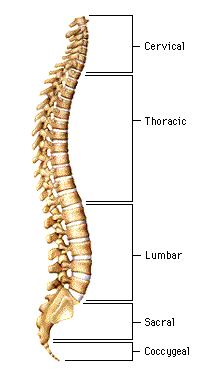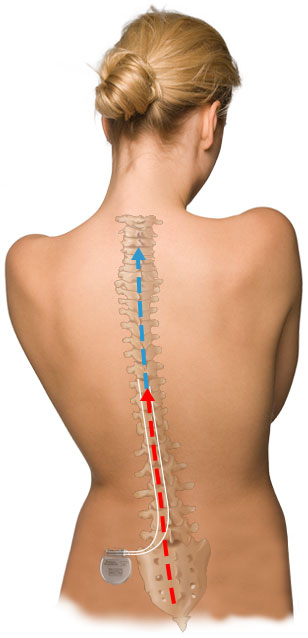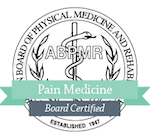Spinal Cord Stimulation
Since the 1980s, Spinal Cord Stimulation has been used for reducing symptoms of severe back pain.

How does Spinal Cord Stimulation work?
- The patient is given a general anesthetic to numb the area that is painful.
- Small wires with electrical leads are inserted into the back (incisions of the wires are not needed)
- A generator is placed in the rear end of the back, which will send currents to the spine.
- The generator works by using a remote control – intensity can be changed and patients can be responsible for their own therapy.
- The procedure usually takes a maximum of 30 minutes.
However, it is found that because some people’s bodies will build up a tolerance to the stimulation, it will no longer be effective after a year. After this period of time, alternative treatment would be required or a higher current sent to the spine.
How do I know if I need Spinal Cord Stimulation?
The criteria for Spinal Cord Stimulation are as follows:
- Pain in the leg for longer than 6 months
- Pain in the back for longer than 6 months
- Pain in the neck for longer than 6 months
- No surgeries have managed to cure lower back pain
- If you experience peripheral neuropathy
Benefits of Spinal Cord Stimulation
One of the greatest benefits of Spinal Cord Stimulation is that the patient is in full control – they don’t have to return back to the doctor to have more injections. Whenever they are experiencing pain, they can send the current through the spine to immediately reduce levels of pain.
It doesn’t have many reported side effects and using painkillers easily controls these.
The procedure isn’t invasive and doesn’t have a long recovery time. Some procedures take 48-hour recovery times however Spinal Cord Stimulation is an ongoing process.
The patient has more control over the situation so once the pain is slowing down; fewer doses need to be taken.

Risks of Spinal Cord Stimulation
Spinal Cord Stimulation only seems to work for people who have random onsets of chronic pain. Reports have shown that people who have had back pain for a prolonged period of time see little to no effect at all as the pain is a lot deeper.
It isn’t finding the source of the pain; it is just weakening the symptoms. This means that the pain is still there – just a lot less than previously.
Side effects of Spinal Cord Stimulation
Severe side effects include bleeding and infection; however, this is very rare in patients. The most common side effect is nausea and headaches, which are easily treatable.
Another side effect is a pain where the incision was made to insert the generator. This should last no longer than 24 hours and is perfectly normal.



